This magnificent husky-type breed is now, unfortunately, extinct. Throughout the first half of the 20th century, it was used in rough, cold climates, particularly in Russia and northern Japan, as a sled and work dog.
In 2011, there were only two purebred living Sakhalin named Hana and Kuma. In 2015, there were only seven living on its native namesake island. Local breeders tried to save them from extinction.
However, this was not to be, and the breed has died off. Luckily, the Sakhalin Husky, or Karafuto Ken as it is also known, has the same ancestry as other arctic husky and spitz breeds.
Their genetic relations are alive and well in the form of the Alaskan Malamute, the Greenland Dog, Siberian husky, Samoyed, and the Canadian Eskimo Dog. Therefore, we can make some assumptions about their temperament and needs based on those of their close genetic relatives.
This, combined with what we do know about the Sakhalin, will give you an idea of what this arctic beauty would have been like if it existed today.
TABLE OF CONTENTS
Appearance
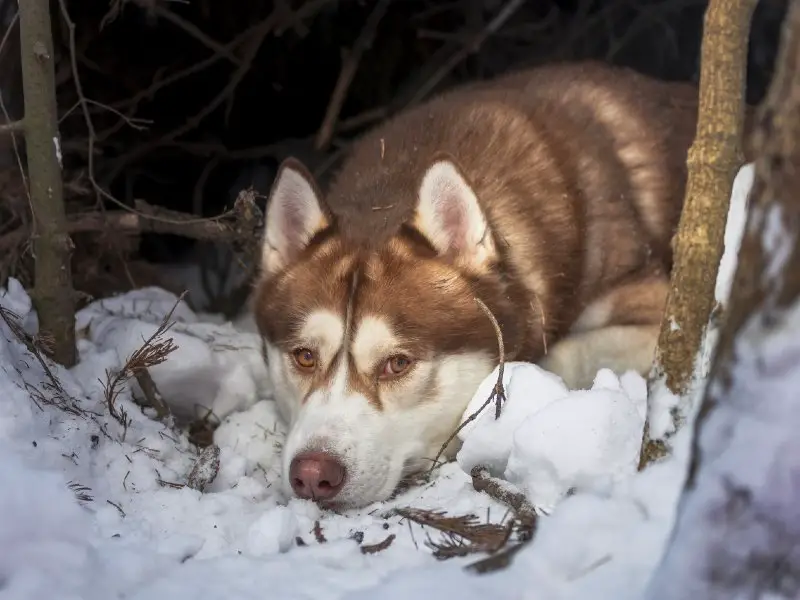
The Sakhalin Husky shared many of its characteristics with other members of the husky family. They were medium to large-sized dogs that tended to be slightly longer than they were tall. Its height range was from 22 to 26 inches, and it weighed between 25 to 60 pounds.
Like their relatives, the Sakhalin had gorgeous, thick coat double coats that enabled them to withstand harsh, cold climates. Their undercoat was short and warm, and their overcoat was water-resistant.
Sakhalin came in multiple colors and markings but were usually much darker than other Husky-type breeds. Like other arctic dogs, they had wolf-like characteristics because they evolved from the Taimyr wolves of Russia.
Their Almond-shaped eyes would either have been pale blue, brown, green, yellow, or two colors (heterochromia). A unique gene controls the eye color in this type of dog. Since they lived their lives mostly outdoors, their thick bushy tail would have been essential in arctic climates, allowing them to wrap it around their faces when they curled up to sleep.
Sakhalin Husky Personality and Temperament
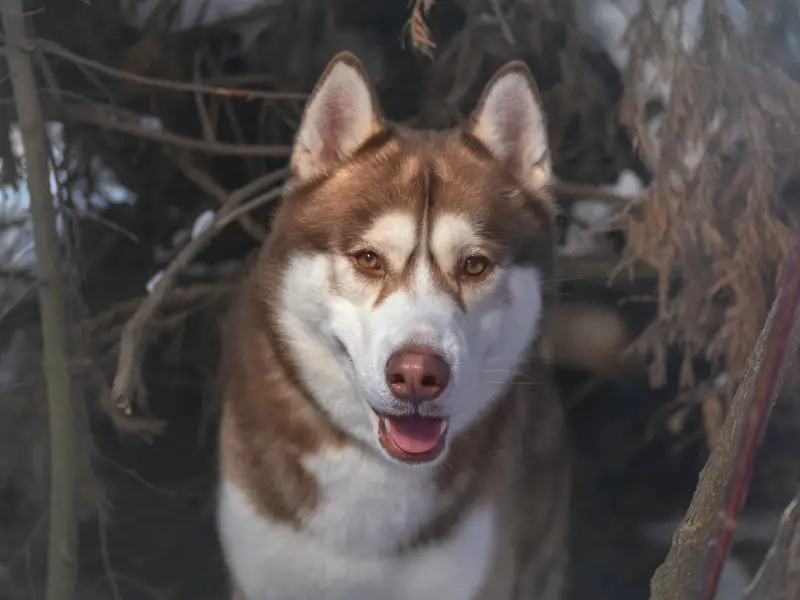
Only history can tell us what their personality and temperament would be like. We can also make several assumptions based on their close genetic relation to other Husky breeds.
Sakhalin, like other Huskies, are known for their loyalty and even-keeled personality. They are an affectionate breed, but they are not overly anxious to please humans. They thus do not pester for attention.
An active dog that loves to work, Husky’s of all types are naturally alert, incredibly smart, and independent. However, they do not like to spend time alone and often exhibit destructive behavior if left alone for too long.
Since they were work dogs, they would have been amazingly intelligent and show incredible resilience. They are not known to exhibit aggressive behavior if adequately trained.
These are all positive features for a dog. Still, their independent minds have downsides too. One of those downsides is that they are very quick to learn how to escape. Another is that they can be difficult to train. They are, therefore, not a good fit for first-time dog owners. One can imagine the Sakhalin being much the same.
The Sakhalin would likely have a strong desire to run, just like modern sled dogs. They would have shared outdoor kennels with the rest of their pack to stay warm and would have been excellent endurance athletes, durable and steady.
Is The Sakhalin Husky a Good Family Dog?
Whether or not the Sakhalin Husky would make a good family dog is difficult to say because of their extinction status, but in general, Husky’s and related breeds make for good family pets. This is especially true if they are involved in active, well-disciplined homes.
Children seem to pose no problem for them, and they are known to be very patient and resilient around kids.
How to Train a Sakhalin Husky
While training a Sakhalin is out of the question today, we can look at other dogs’ training requirements in the Husky family and apply them to the Sakhalin.
Because Huskies and other sled dogs are so intelligent, you’ll need to adjust your thinking about training, especially if used to other breeds’ training requirements.
First and foremost, Husky’s are pack dogs. That means you need to make him, essentially, feel like he belongs in your pack. In that regard, your Husky will do what he needs to do to feel accepted. This also means you will need to take charge and show him that you are the pack leader, not him.
You will need to take the alpha position and be a strong foundation for him. Show him that you are in control of the home and of him. When a Husky understands that you are the leader and provider, he will not only calm down but be more receptive to further training.
Remember, there is a big difference between a strong leader and a bully. Bullying behavior during training and in general will only exacerbate destructive behavior. That means you cannot, under any circumstances, flip out at your dog.
Caring for a Sakhalin Husky
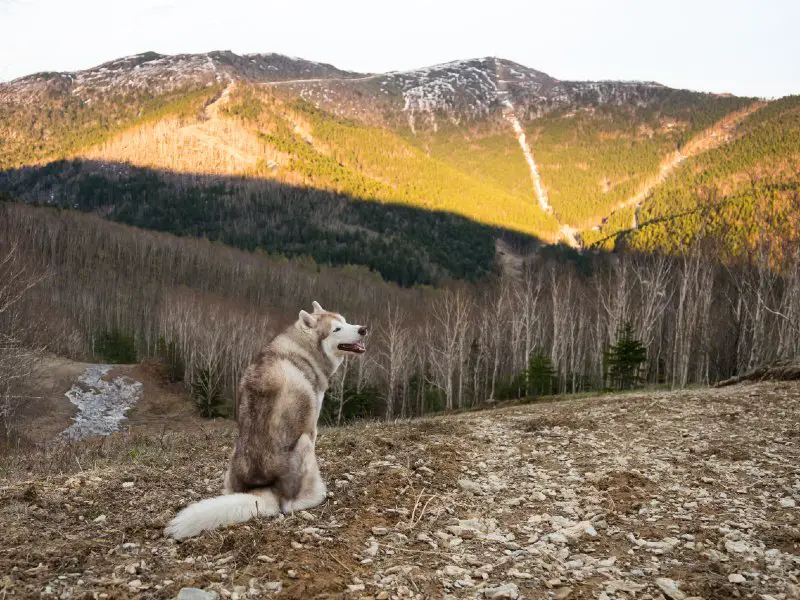
As with much else in this article, we can only make educated guesses on what would meet a Sakhalin Husky’s needs. Since their extinction, specific information on this breed’s requirements is scarce.
Exercise Requirements
Sakhalin Huskies spent most of their time outside and a great deal of time working pulling carts and sleds. There was a reason that the Russians used them throughout the Second World War to haul their gear and supplies from station to station.
Husky’s across the world have been used as working dogs for a long time, and they are still used for these purposes today, particularly for sled pulling in Northern Regions.
It should come as no surprise then that these dogs are highly active and need several hours of exercise per day. As their features belie, they are closely related to wolves, so they are instinctual hunters and have exceptional endurance. Digging holes and jumping fences is something else they are known to do, especially if not adequately exercised or stimulated.
If the Sakhalin were alive today, we can imagine he’d love going out for long walks and spending hours at the dog park playing with his leader (you).
Grooming and Shedding
Suppose you look at a picture of a Sakhalin. You’ll notice they have an immense amount of thick fur befitting their status as a dog that can take the frigid conditions of arctic exploration. Their long black and brown coat has a similar thickness to that of the Samoyed breed, a herding dog native to Siberia.
Their coat would have kept them warm all winter. They would have shed their undercoats twice a year; a phenomenon called blowing the coat. This occurs in the spring and fall.
There are a few general rules when it comes to grooming a dog of this type. An undercoat rake would be a must. These long-toothed rakes help you get past the long outer coat and down to the undercoat layer.
A Sakhalin would also likely need a slicker brush. This brush has a slanted head with fine metal pins on a rubber cushion. Its purpose is to pull the dead, loose hairs from your Husky’s long coat. The cushion will help protect your dog’s skin from too much pressure.
After all that brushing (and vacuuming), you would likely want to bath your Sakhalin with a good quality shampoo made especially for dogs. Other standard elements of doggy care would follow, such as clipping their nails, trimming the long hairs between their toes, and giving their eyes a gentle wipe.
Feeding and Diet
One of the suspected reasons the Sakhalin died off is because they ate too much and were therefore too expensive to feed. As we mentioned, the Soviets used Sakhalin during the Second World War, but since the 1930s, they had been steadily culling the breed.
Sakhali’s reportedly had a massive appetite for eating salmon, and the Soviet military found them more expensive to feed than horses. They calculated that up to 4,000 tons of salmon per year were consumed by the Sakhalin. So, wanting to export that salmon instead of feeding it to the dogs, they made the tragic decision to decrease their numbers significantly.
These circumstances were the beginnings of a population decline that has never reversed. If they were around today, they surely would have enjoyed the raw food diet that many pet owners and veterinarians recommend.
Huskies, it’s important to note, are omnivores. They would have eaten both meat and plants in the wild, so balancing their protein with nutritious veggies (never corn or grain!) would have been necessary. As we know, feeding your dog poor quality kibble leads to an incomplete diet.
Known Health Problems
We don’t know what health problems the Sakhalin had, but they would have suffered from the same common health issues that are a risk to many dogs, Husky’s included. These risks include things like eye disease and hip dysplasia.
Because they were highly active and lived primarily outside, Sakhalin would have likely maintained a healthy weight. The Husky breed is generally known for being easy to keep. Their breeding enables them to work hard under harsh conditions with small amounts of high-protein food. They are also usually naturally free from parasites and significant health issues.
Buyer’s Guide
| Pros | Cons |
| Intelligent and independent | Extinct |
| Not aggressive | |
| Even-tempered and patient | |
| Good with families and other dogs | |
| Low chance of health problems |
It is unfortunate, but this attractive breed is now extinct. In the 2000s, breeders made several attempts to revive this breed, but they were all unsuccessful. Therefore, there is no price range or breeder available in the world.
Quick Breed Summary
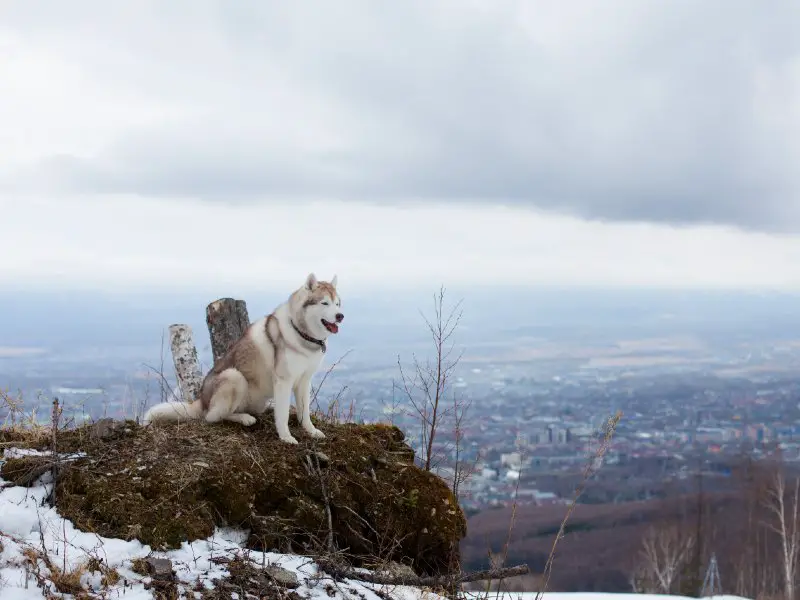
| Breed Characteristics | |
| Size: | 22-26 inches |
| Weight: | 66-88lb |
| Lifespan: | 12-14 years |
| Coat: | Thick fine double-layered coat; dense undercoat |
| Color: | Cream, russet, biscuit, black |
| Do They Shed: | Average shedding; undercoat is blown 2 times a year |
| Temperament: | Intelligent, alert, patient, devoted |
| Intelligence: | Very intelligent work dogs |
| Socialization: | Good with people and other dogs |
| Destructive Behavior: | Digging and escaping |
| People Skills: | Friendly towards strangers |
| Good with Children: | Good with kids, patient and loving |
| Activity Levels: | Not overly excitable but requires lots of exercise |
Summary
We have learned that these arctic sled dogs are now extinct and that humans were responsible for their extinction because they perceived them to be too expensive to keep.
Using what we know about other Husky breeds, we have painted a picture of the Sakhalin as an independent, intelligent, loyal, and easy-to-keep dog. One who likely would have enjoyed an immense amount of exercise and a disciplined training routine by a firm hand. We learned that because these were pack dogs, the owner would need to establish herself as the ‘alpha.’
It is truly a shame this breed is no longer with us. Many families and dog owners would have surely enjoyed their companionship.
What is a Sakhalin Husky?
We do not know much about the origins of the Sakhalin Husky, which also goes by the name of Karafuto-Ken. Researchers think the Nivkh, the indigenous population of Sakhalin island, bred them over time like other arctic breeds were by other indigenous northerners across the globe.
Located in the Sea of Okhotsk, this Russian island was home to a large Japanese population before World War II. Although the native inhabitants of the island may have developed the breed, it was the Japanese and Russians who adopted these dogs.
The Japanese took the Sakhalin Husky to Hokkaido when they relocated in the late 1940s. As well, the Russians used them throughout the Soviet Union in the early 20th century.
Because of their tolerance of cold weather, Sakhalin Huskies were used on multiple expeditions, including to Franz Josef Land, the far reaches of Alaska, and, perhaps most famously, to the South Pole.
In 1958 a famous incident that included Sakhalin Huskies occurred during a Japanese expedition to Antarctica. During the expedition, the researchers were forced to evacuate, but they could not take their poor Sakhalins with them. 15 Huskies were left tied up outside their research station.
The researchers had assumed they would be able to come back shortly after to retrieve the dogs, but poor weather conditions prevented this. They would not return to the research station for another year. When they finally returned, 13 of the 15 had died, but two dogs, named Taro and Jiro, miraculously survived.
Taro would go on to live until 1970 where his remains were stuffed and displayed at Hokkaido University. Jiro, however, died in 1960, about a year after his rescue. His remains are also on display at the National Museum of Nature and Science in Tokyo. The 1983 film Nankyoku Monogatari significantly increased the Sakhalin’s popularity, but not enough to rescue them from extinction.

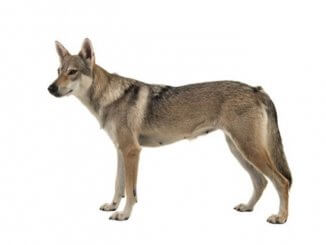
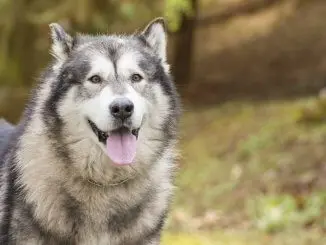
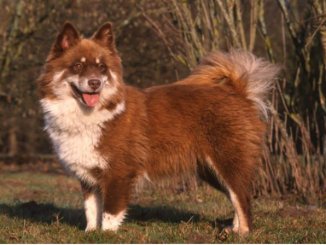
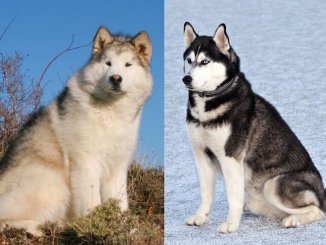
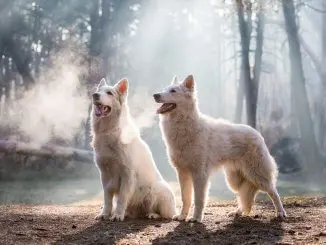
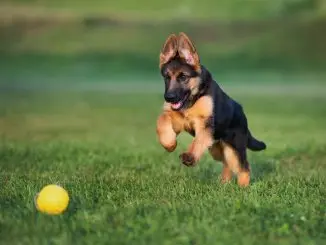

Be the first to comment